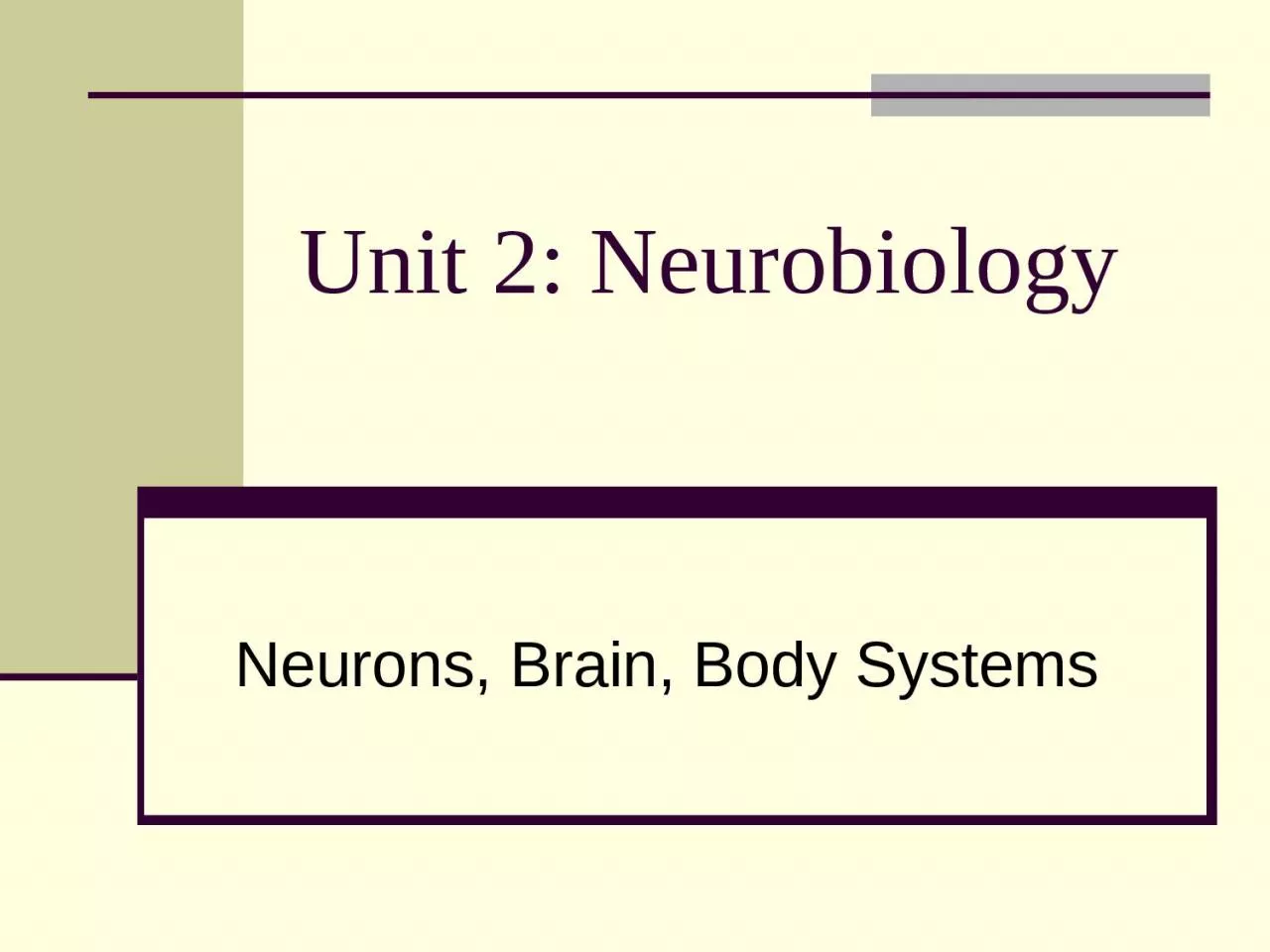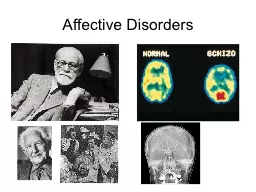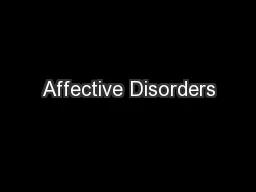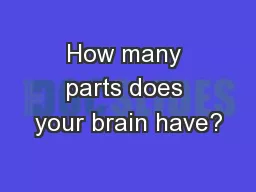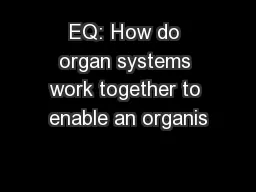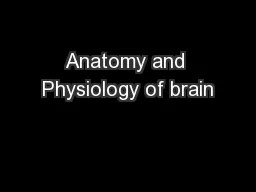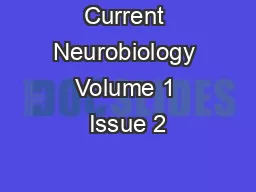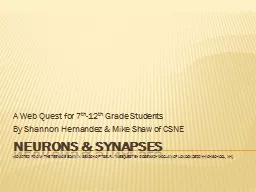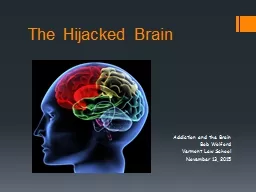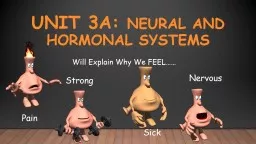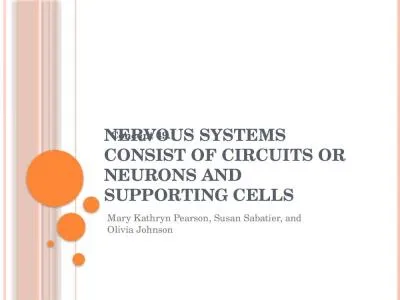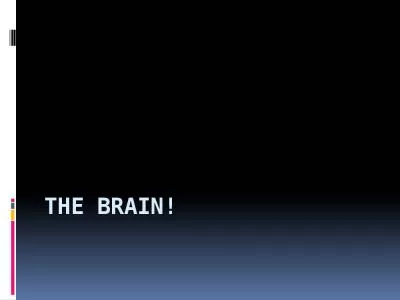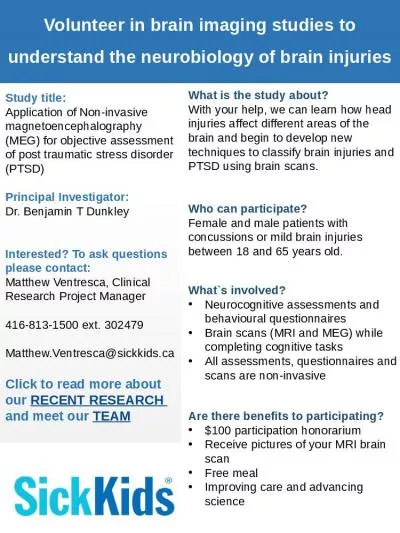PPT-Unit 2: Neurobiology Neurons, Brain, Body Systems
Author : gabriella | Published Date : 2024-02-03
Neuroscience How does our brain organize and communicate with itself How does our brain allow us to remember the lyrics to dozens of our favorite songs How do we
Presentation Embed Code
Download Presentation
Download Presentation The PPT/PDF document "Unit 2: Neurobiology Neurons, Brain, Bod..." is the property of its rightful owner. Permission is granted to download and print the materials on this website for personal, non-commercial use only, and to display it on your personal computer provided you do not modify the materials and that you retain all copyright notices contained in the materials. By downloading content from our website, you accept the terms of this agreement.
Unit 2: Neurobiology Neurons, Brain, Body Systems: Transcript
Download Rules Of Document
"Unit 2: Neurobiology Neurons, Brain, Body Systems"The content belongs to its owner. You may download and print it for personal use, without modification, and keep all copyright notices. By downloading, you agree to these terms.
Related Documents

